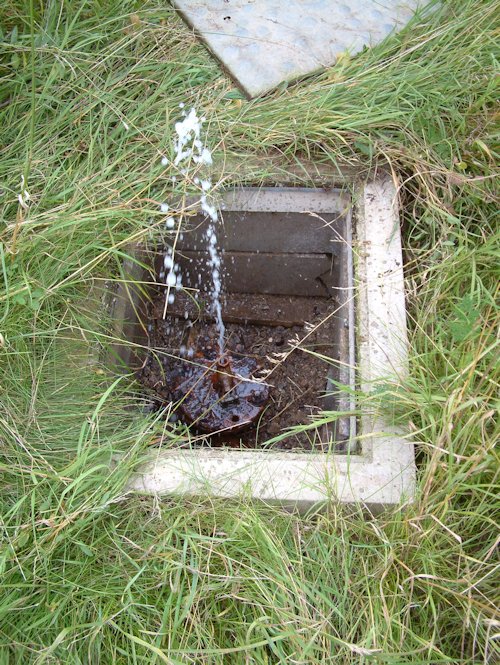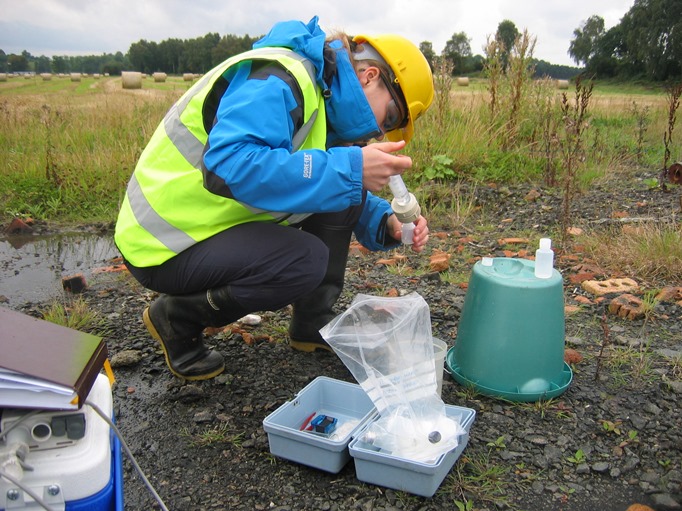Sampling and analysis
Sample site selection
The sites selected for baseline sampling surveys were chosen to ensure that:
- a suitable number of samples from the studied aquifer types were collected, according to the aquifers' distribution and extent
- the samples were distributed as evenly as possible over the aquifer study areas
- samples are reasonably representative of groundwater in the studied aquifers
We assessed each of the sample sites at the time of sampling, in particular the source construction and the surrounding land use, to identify any potential sources of contamination that could affect the chemistry of sampled groundwater and the risk of contamination. We did not take samples from boreholes or other groundwater sources that might have had contributions of water from intervals other than our target aquifer, were close to obvious sources of contamination, or contained storage tanks or treatment systems before the sampling point.
Sample sources
Samples have been taken from boreholes, springs and wells depending on site accessibility. Shallow, large-diameter wells are least favourable for sampling because of the potential for contamination and difficulties in purging. Wells were only sampled where they are in daily use and the samples obtained likely to be representative.
Springs and wells typically tap shallow groundwater and have relatively small catchments, and so are less likely than boreholes to represent a mixture of groundwaters from different depths. Springs are constantly flowing and as such are naturally purged. The sampled groundwater is therefore likely to be representative of groundwater in the surrounding aquifer.
Sources were pumped before sampling wherever possible, in order to purge standing water and obtain a sample representative of aquifer conditions.
Sampling and analysis protocol
During sample collection, we made field measurements of:
- groundwater pH
- dissolved oxygen (DO)
- redox potential (Eh)
- alkalinity
- temperature
- specific electrical conductance (SEC)
Where possible, DO, pH and Eh were measured in an in-line flow cell to minimise atmospheric contamination.
Samples for subsequent laboratory analysis were filtered through 0.45 μm filters and collected in polyethylene bottles rinsed with sample water before collection. Two filtered aliquots were collected at each site, one acidified to 1 per cent v/v with Aristar HNO3 for analysis of major cations, SO4 and trace elements by inductively-coupled plasma mass spectrometry (ICP-MS), and the other left unacidifed for the analysis of anions by ion chromatography.
Samples were also collected in chromic acid-washed glass bottles for dissolved organic carbon (DOC) analysis, after filtration using 0.45 μm silver-impregnated filters. DOC was measured by carbon analyser. At a selection of sample sites, additional water samples were collected in glass bottles for stable isotopic analysis. At some sites, samples were also collected in glass bottles for CFC and SF6 analysis.
Analysis was carried out at the BGS laboratories in Keyworth and Wallingford. The Keyworth laboratory has well-established QA procedures and holds ISO 17025:2005 certification (UKAS Testing Laboratory 1816) for analysis of aqueous samples, as well as a wide range of geological materials. Specialist CFC and SF6 analytical facilities are housed in the Wallingford laboratory.
Contact
Contact Pauline Smedley for further information.








